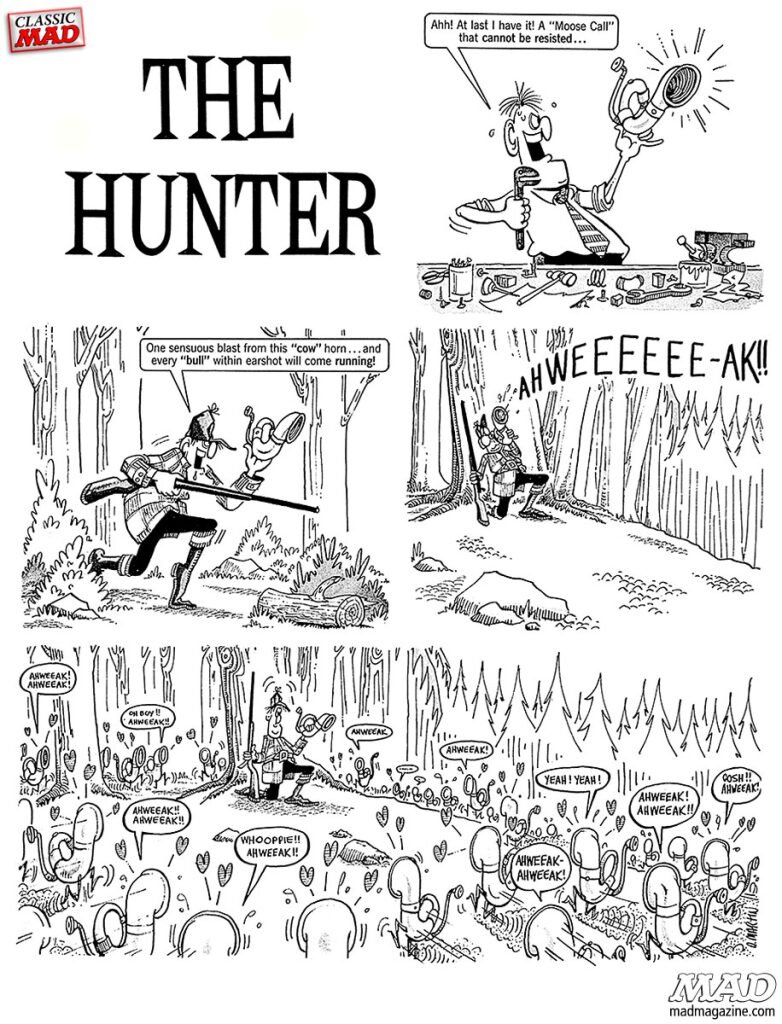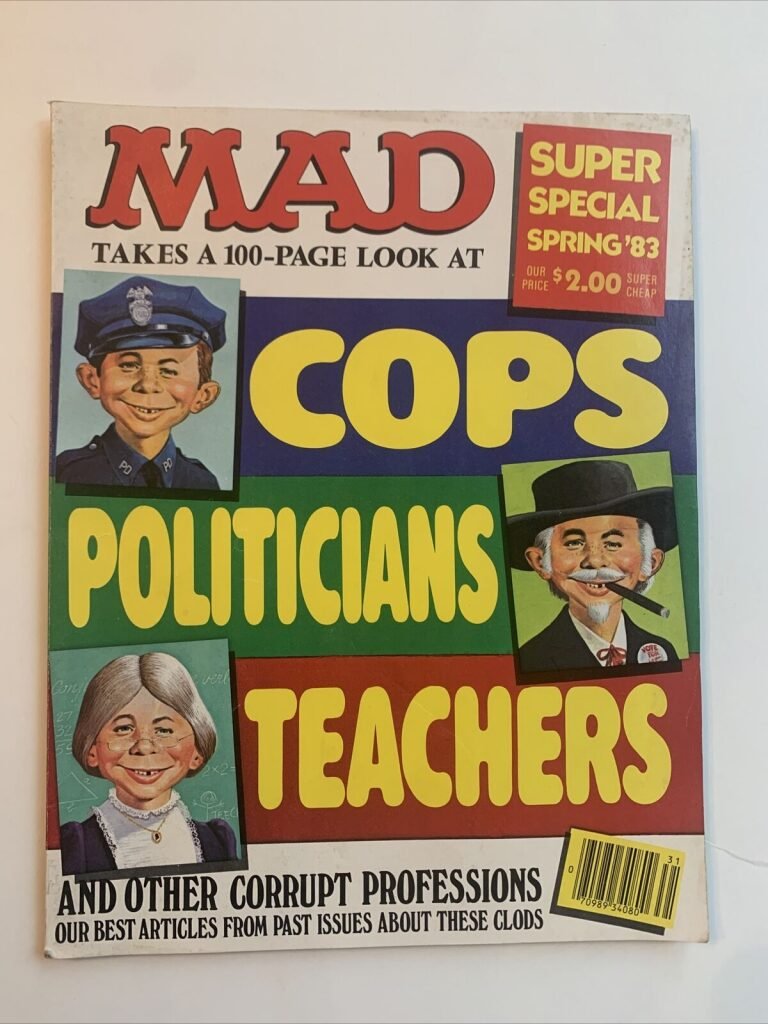
As happens to many septuagenarians, MAD has been in unhealthy decline for some time. Since June 2018, when US telecommunications giant AT&T finalised an ill-starred takeover for MAD’s publisher Time Warner, MAD’s creativity and originality has suffered in a slow and descending spiral. Once ever-present in newsstands, MAD is now only available in the United States through specialist comic shops and mail subscription.
Many well-known comedians expressed remorse over the cessation of broad circulation, equating it to a death of the magazine, as noted in The Hollywood Reporter https://www.hollywoodreporter.com/news/general-news/mad-magazine-effectively-close-67-years-1222636/:


But during its prime, MAD was a satirical force to be reckoned with. It commented upon and shaped American culture. Wired Magazine noted https://www.wired.com/story/mad-magazine-eulogy/:
“All the bad stuff was there—gender chauvinism, racial assumptions, anything else that we sound the “Problematic!” horns for now—but it was there coded explicitly as bad stuff, the world as seen by phonies and fogeys and lazy screenwriters. MAD assumed the most of its young readers, and while its jokes could be juvenile, they were never venal.”

The magazine was founded in the United States in 1952 by Harvey Kurtzman (for whom the Harvey Awards are named), who left in 1956. It began as a comic book and was published to a very haphazard schedule. Once it has found its rhythm, MAD’s covers always featured the quirky the gap-toothed Alfred E. Neumann.
The commitment of its talent pool was remarkable. As Wikipedia notes, “MAD is known for the stability and longevity of its talent roster, billed as “The Usual Gang of Idiots”, with several creators enjoying 30-, 40- and even 50-year careers in the magazine’s pages.” Clearly these people loved their jobs.

Monty Python‘s humour was the quintessence of British absurdist humour. MAD could be just as absurd, in an American way, but it could also be powerfully acidic. It challenged the establishment with stupidity. It poked fun at itself, but also everyone else.

In an interesting interview in 2018 for Entertainment Weekly https://ew.com/books/2018/09/07/dave-gibbons-harvey-hall-of-fame-watchmen-legacy/, British artist Dave Gibbons, talking about the classic comic book Watchmen and superheroes more broadly, noted the influence of MAD upon his and Alan Moore’s work:
“What I loved about Mad was that, beyond the wonderful stories and fantastic artwork, it had that subversive angle to it. For me, comics in general have always had that slightly underground culture feeling about them. Someone once said that when you think of the people who grew up in the ’50s and ’60s, the letters M-A-D were probably as influential as L-S-D, in that it kind of expanded people’s consciousness and showed them an alternative view of society and consumer culture — mocked it, satirized it… I’d also like to say that when it comes to the kind of storytelling we did in Watchmen, we used many of the tricks Harvey Kurtzman perfected in Mad. The thing for instance where you have a background that remains constant and have characters walk around in front of it. Or the inverse of that, where you have characters in the same place and move the background around. We quite mercilessly stole the wonderful techniques Harvey Kurtzman had invented in Mad. Outside of Watchmen, there was a Superman story that Alan and I did, called “For the Man Who Has Everything.” Again, we definitely referenced Kurtzman with that. To both me and Alan, the Mad comic spoof of Superman, which was called Superduperman, was so much better than the Superman comics themselves. We tried to inject a bit of that solidity into the Superman story we did together.”

MAD was not just the birthplace of Alfred E. Neumann. It also delivered to us Spy v Spy, a wordless comic strip featuring the comedic villainy of the White Spy and the Black Spy, identical other than the colour of their hats and trench coats. Spy v Spy deserves its own separate critique, but for now, it is enough to say that the strip was created by Cuban political satirist Antonio Prohías and, since 1997, written and drawn by American Peter Kuper. Young teenagers reading Spy v Spy during the Cold War (as your reviewer did) found it an introduction to the pointlessness of a geopolitical game which had no consistent winner. And Grey Spy would very occasionally show up, to demonstrate that both White Spy and Grey Spy were as ridiculous as each other:

But the most magical thing about MAD is the precision of the foldback covers.


Happy 70th birthday, MAD.

